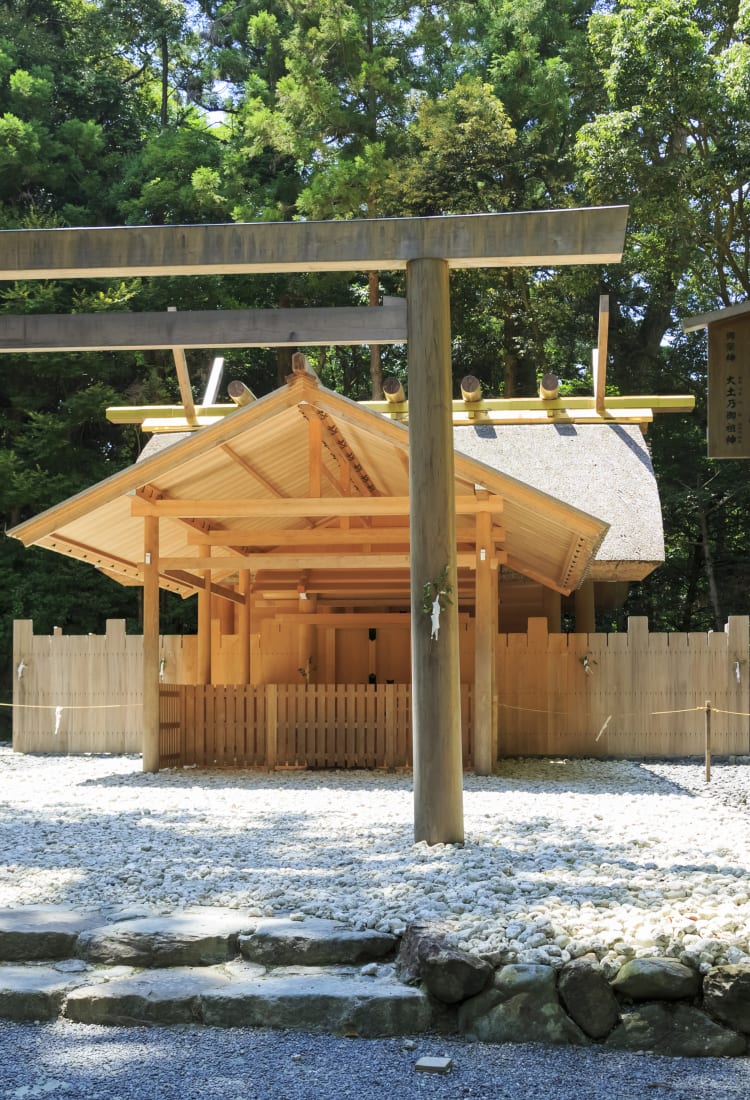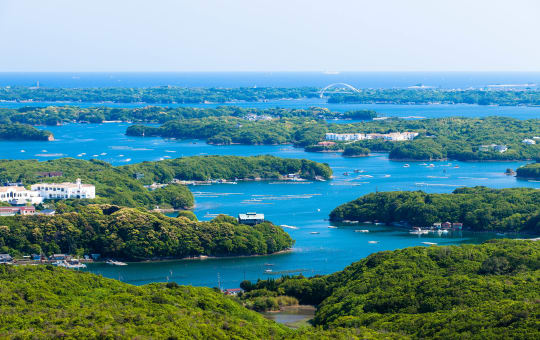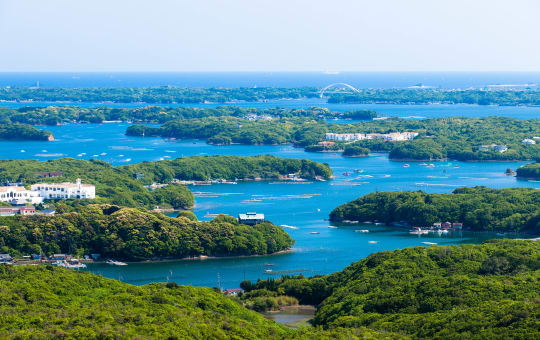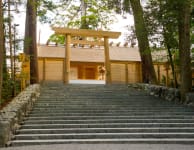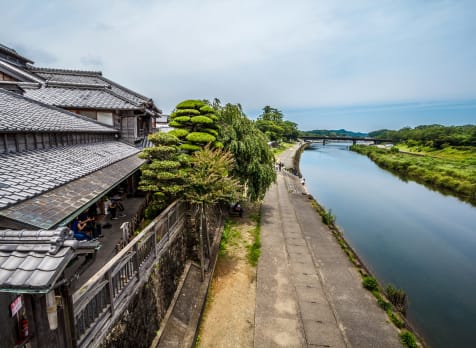Home of the deity likened to the sun and the Shinto faith's dynamic heart, Ise also offers natural wonders and culinary delicacies
With the hallowed ground of Ise-Jingu as its centerpiece, there's plenty to see and do around the Ise Bay area in eastern Mie . Beyond exploring the religious facets of this region, you'll have ample chances to wander historical districts, lounge on sandy beaches, and indulge in local delicacies such as spiny lobster and abalone.
Don't Miss
- The mystical atmosphere of Ise-Jingu
- Shaved ice from a shop along Oharaimachi-street outside Naiku
- Lounging on the beach in Toba
How to Get There
The Ise Bay area is easily reached by Kintetsu Railway from Osaka and Nagoya.
The city of Ise is the most common starting point for travel in the area. Ise-shi Station is approximately 1 hour 45 minutes from Osaka, 2 hours from Kyoto and 1.5 hours from Nagoya by Kintetsu limited express. From Nagoya the journey is about 90 minutes.
The soul of Japan
Shinto is the Japanese indigenous religion, and Ise-Jingu is composed of 125 shrines including main sanctuaries Naiku and Geku. Naiku is its most sacred site, where Amaterasu Omikami, the deity likened to the sun, is enshrined. You could visit Ise-Jingu and surrounding area as a daytrip but staying overnight will allow you to explore at a more leisurely pace.
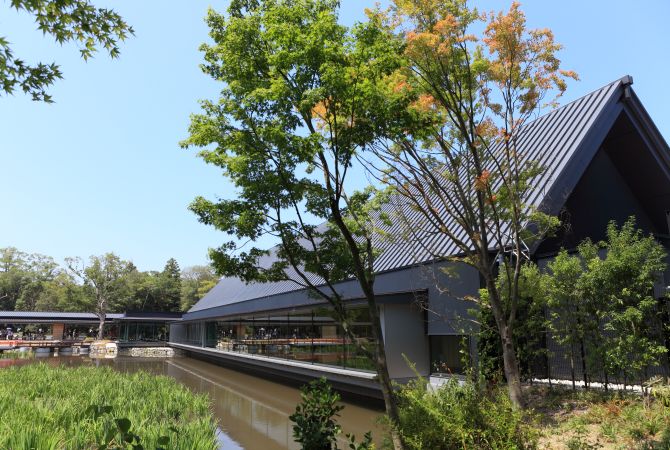

Geku and Sengukan Museum
While Naiku of Ise-Jingu is its most famous area, Geku and Sengukan Museum about 5 kilometers away are also worth visiting. Both are in central Ise, about a 10-minute walk from Iseshi Station. The architecture of Geku is similar to Naiku, though there are some differences between them.
The Sengukan Museum reveals Ise-Jingu's Shikinen Sengu (shrine reclocation) ritual through a variety of exhibits. These include a full sized reconstruction of the structure in which a deity is enshrined, and displays of the instructions to create sacred adornments and treasures for the deities.
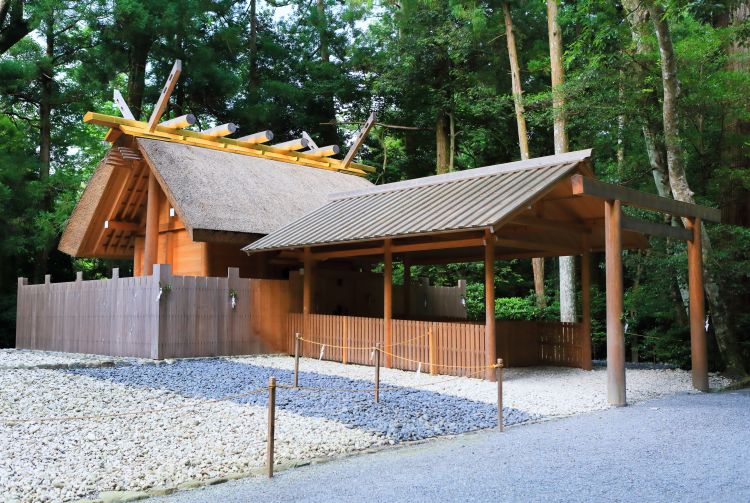
Naiku
Naiku is dedicated to the deity Amaterasu Omikami, likened to the sun and mythical ancestor of Japan's successive emperors. It's also said to house a sacred mirror, Yata-no-kagami, a symbol of the deity, which is part of the Imperial regalia.
Oharaimachi-street, outside of Naiku is a long, meandering, old-fashioned street lined with shops and restaurants which is well worth taking time to explore.
To enter the precincts of Naiku, cross the wooden Ujibashi Bridge, passing through the torii gates on either side.

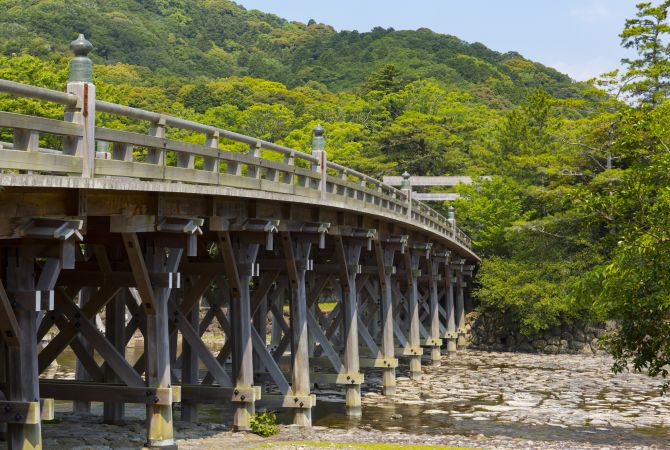
While there are many interesting affiliated shrines and other Shinto structures throughout the grounds, the main building of Naiku is largely obscured from public view. However, the solemn atmosphere makes a stroll through the lush natural surroundings an amazing experience.
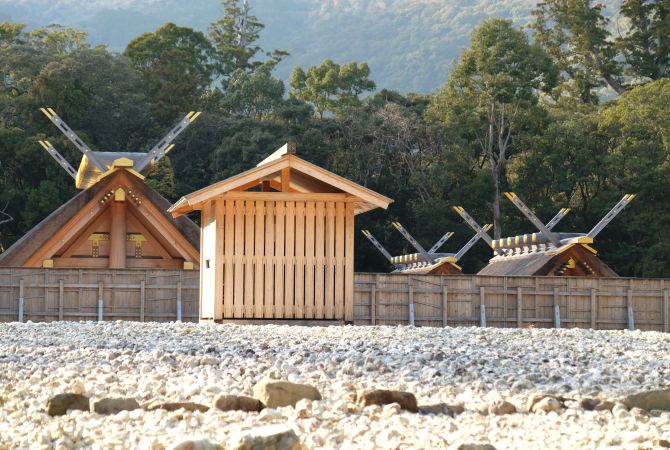
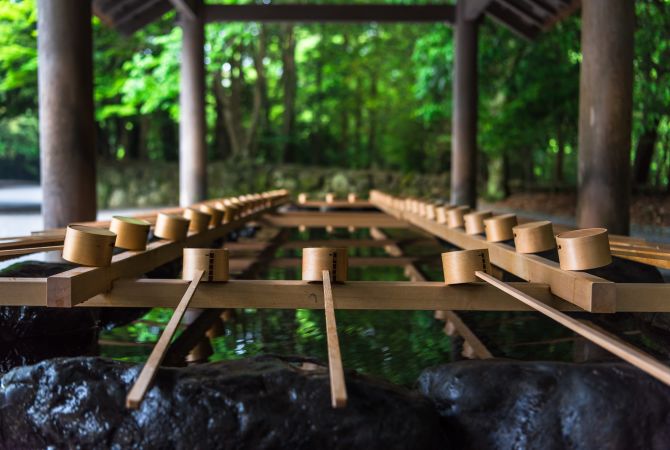


Shopping and dining options
After visiting Ise-Jingu, wander the nearby street of Oharaimachi and Okage Yokocho Square to sample culinary offerings like Ise's uber-thick udon noodles and shaved ice. If you're a green tea aficionado, Ise is famous for its tea, so be sure to have a cup. The area is a good place to pick out special gifts for friends and family back home.

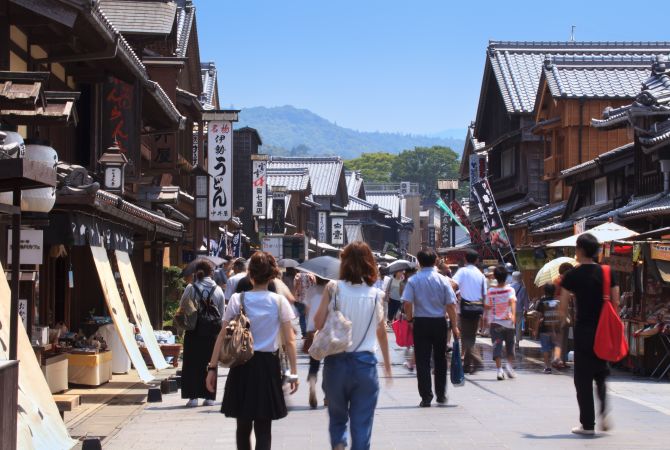
Beyond Ise
While Ise is the area's main draw, Matsusaka and Tsu both make for worthwhile visits as well.
Matsusaka was once a thriving merchant town with a castle that towered over the area, and the walls of the castle remain for sightseers to explore. The city's modern-day claim to fame is the heavily marbled Matsusaka beef that rivals, and some say outdoes, the more well-known Kobe variety. They even make sushi with it. Matsusaka's yakitori, topped with miso, has also gained a stellar reputation among foodies.

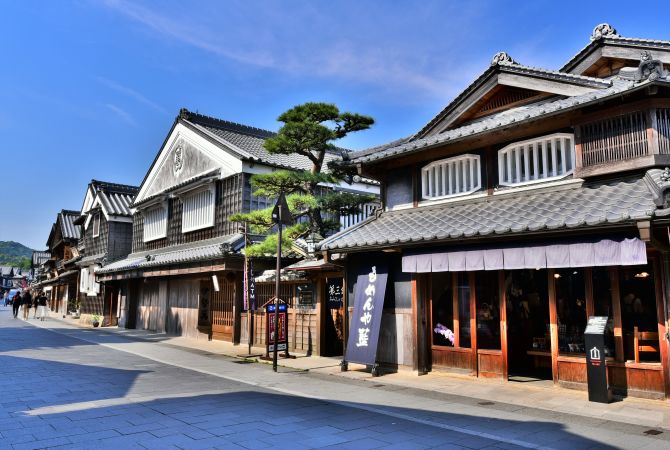
Tsu is a great base for excursions to other parts of Mie Prefecture. While in town, don't miss the Mie Prefectural Art Museum that features Western-style art produced by Japanese artists.
For sun worshippers and ocean lovers, there are numerous beaches along Ise Bay, particularly in Toba, east of Ise City.






















































